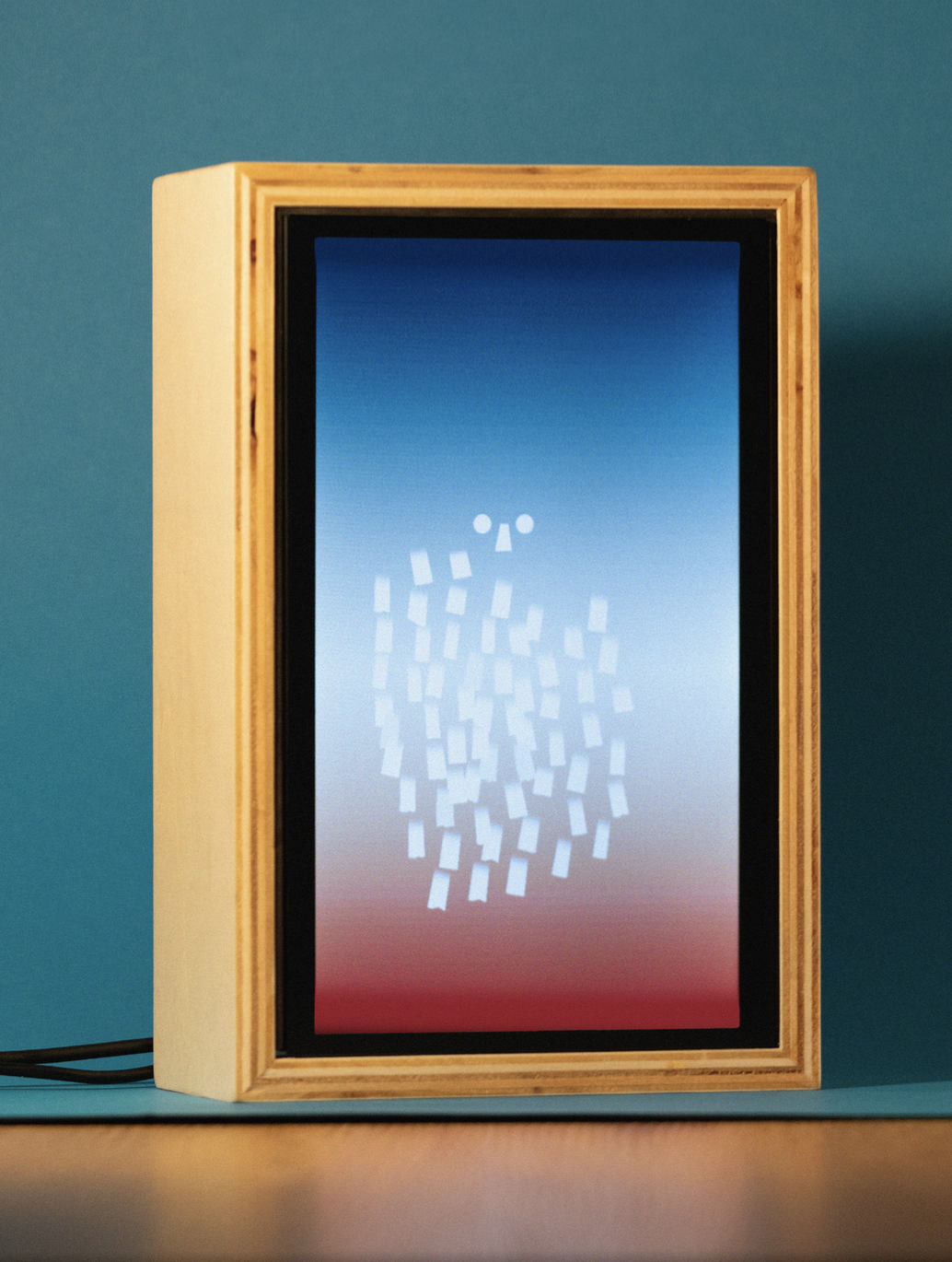Data Spirits: Beyond the Visible

Project details
- Year
- 2024
- Programme
- bachelor-advertising-beyond-rasl-dual-degree
- Practices
- Commercial Practices
- Minor
- Futures & Presence
Exploring our relationship between physical and digital spaces in a slower, ancient way.

Artwork Guide:
The arrival of mixed-reality enabled us to alter anything we see. With my project, I hope to explore how we can have a human approach in visualising these digital spaces.
This work takes inspiration from the ancient practice of creating spirits to interpret the unexplainable. I apply these practices to create spirits out of live data. These spirits slowly alter depending on environmental changes in the exhibit, bringing form to the invisible world around us. The work invites you to consider the different realities that exist within a space and our use of such data.
“Discovery consists not in seeking new landscapes, but in having new eyes.” – Marcel Proust

————————————–———————————–——
Research Guide:
At Erasmus University, I investigated how individuals navigate augmentation. Through interviews in mixed reality, findings emerged that we experience augmentation as a journey with its own rules and mechanics. Interviewees developed new relationships with their digitally augmented versions of their room, learning that many versions of one space exist. This research inspired the artwork to question how we can use technology to bring the intangible to life and to understand the emotional power of seeing things previously unreachable.
“The limits of my language mean the limits of my world.” – Ludwig Wittgenstein
————————————–—————————–—————–
Data Guide:
Data Spirits come to life through a series of sensors at the back of the screen. Live data is transformed into a visual flock via a processing script on the Raspberry Pi. Each data point influences the spirit in its own unique way, resulting in changes highly dependent on the artwork’s environmental conditions.
New data can easily be added with endless possibilities for customisation.
I hope to inspire viewers to think differently about data design and to look for human solutions in augmentation.
“What we see depends mainly on what we look for.” – John Lubbock